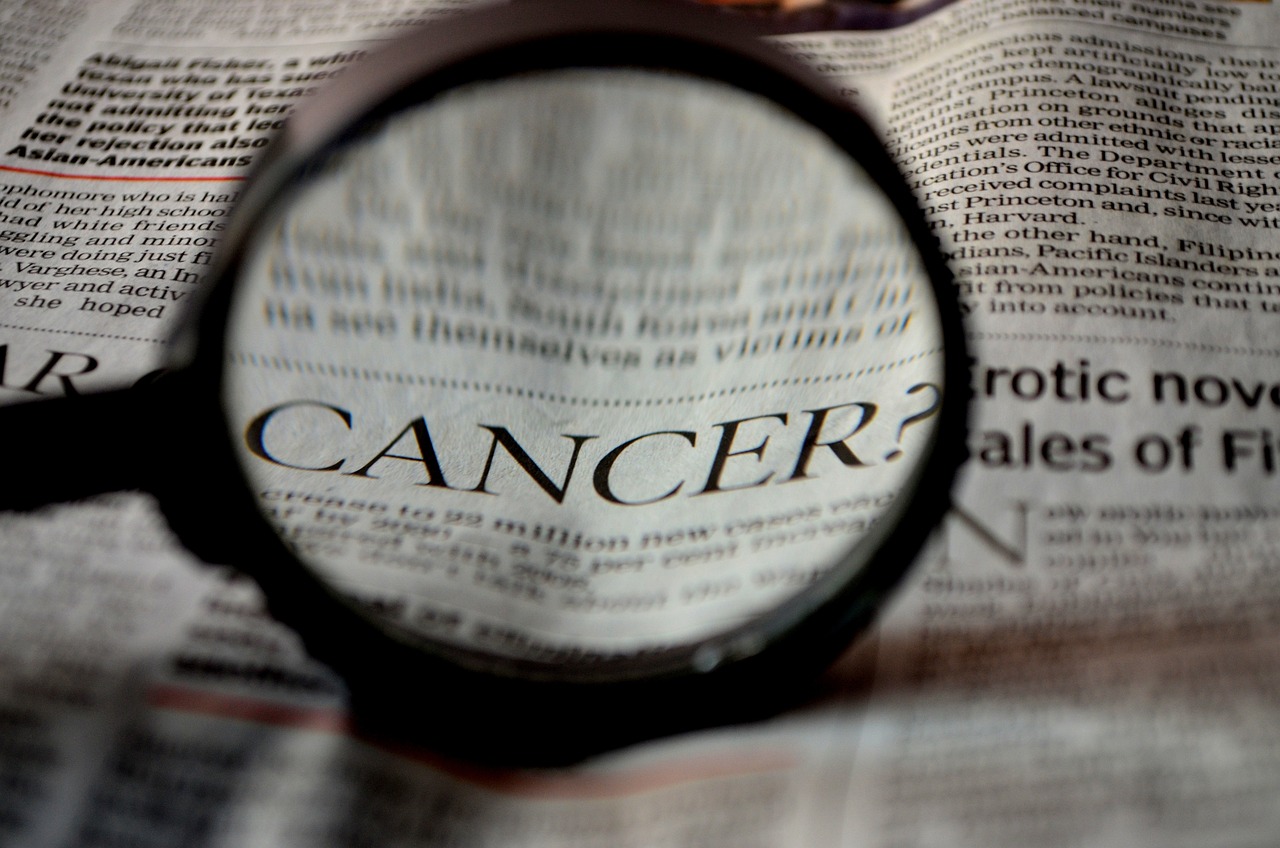Managing Side Effects
Common Side Effects of Treatments
Cancer treatments, while often necessary for combating the disease, can come with a range of side effects that vary in severity and duration. Understanding these side effects is crucial for patients and caregivers alike, as it aids in anticipating challenges and managing them effectively. This section aims to provide a comprehensive overview of the common side effects associated with various cancer treatment modalities, including chemotherapy, radiation therapy, and immunotherapy.
Chemotherapy is one of the most widely used treatments for cancer, employing powerful drugs to target and destroy rapidly dividing cancer cells. However, it can also affect healthy cells that divide quickly, leading to a variety of side effects. Patients frequently report nausea, vomiting, and loss of appetite as immediate reactions to chemotherapy. Additionally, hair loss and fatigue are common, which can significantly impact a patient’s quality of life. Understanding these potential side effects allows patients and caregivers to prepare for them and seek supportive care when necessary.
Radiation therapy, another cornerstone of cancer treatment, works by using high-energy rays to target cancerous tissues. While it can be effective in shrinking tumors, the side effects can vary depending on the area being treated. Skin irritation, including redness, peeling, or blistering, is common in areas receiving radiation. Patients may also experience fatigue and localized discomfort. In some cases, radiation can cause long-term effects, such as changes in organ function or increased risk of secondary cancers. Open communication with healthcare providers about these effects is essential for managing them proactively.
Immunotherapy represents a newer class of cancer treatments that harness the body’s immune system to fight cancer. Although it has shown promising results for many patients, it can also lead to unique side effects. Patients may experience flu-like symptoms, including fever, chills, and fatigue, as well as more severe immune-related reactions affecting organs such as the lungs, liver, or intestines. It is vital for patients undergoing immunotherapy to be aware of these potential side effects and to monitor their health closely, as early intervention can mitigate more serious complications.
In managing these side effects, a multidisciplinary approach involving healthcare providers, nutritionists, and mental health professionals can be invaluable. Patients and caregivers should not hesitate to report any side effects to their healthcare team, as there are often effective strategies and medications available to alleviate discomfort. By fostering open dialogue and actively participating in treatment planning, patients can take a proactive role in their care, enhancing their overall experience during the cancer journey. Understanding and addressing the common side effects of cancer treatments is a critical component of achieving better health outcomes and improving the quality of life for those affected by cancer.


No responses yet